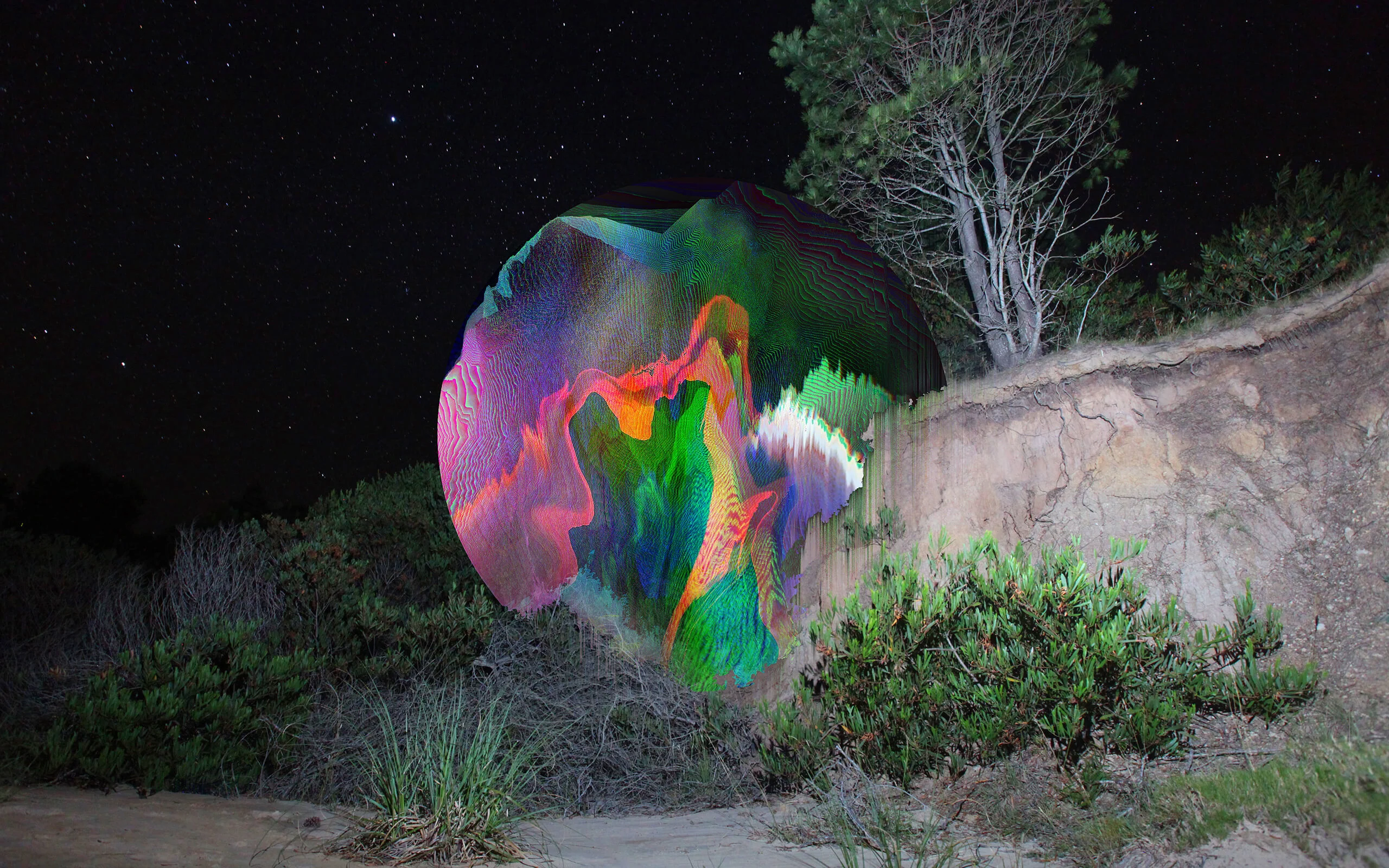
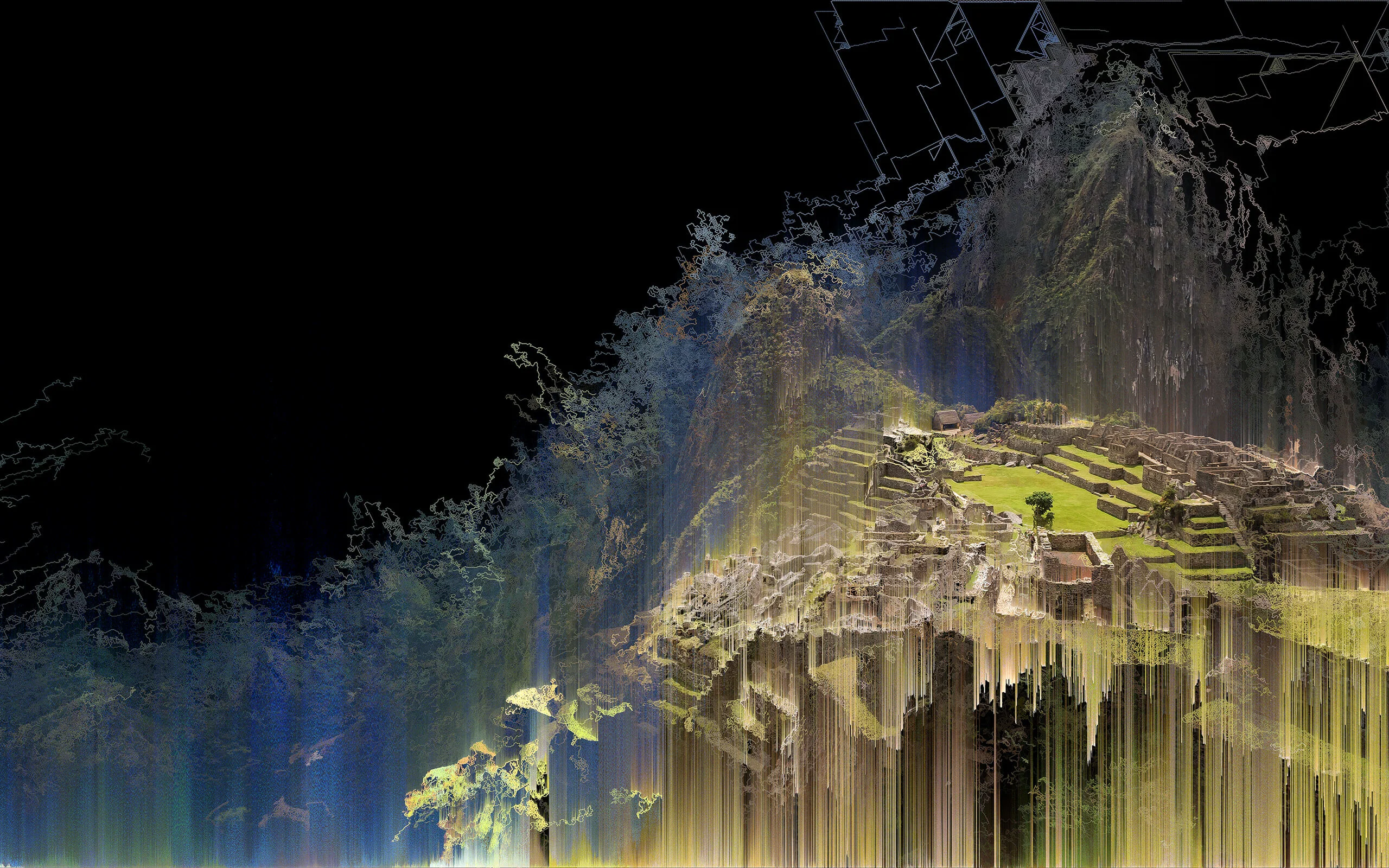
Neo stares wide-eyed and confused as he sees a glitch in the matrix for the first time. Looking at images made by Uruguayan artist Guido Iafigliola, better known as Glitchdo, it’s likely you may feel a similar sensation; his glitch art puts you in Neo’s shoes, as if you were caught halfway between the real world and some augmented reality.
In Guido’s glitches, we see city- and landscapes, with giant circles bursting out of rock formations or zigzagging distortions of skyscrapers. Colors change and drip like wet paint and shapes overlap, making some parts of the image nearly invisible while others are magnified and enlarged.

They are masterpieces, but the visual bugs make you wonder if they were intentional, or a mistake. According to Guido, it’s somewhere in between. “Glitch art is a generative art form that can be defined as the aestheticization of digital errors,” he explains. Put simply, glitch artists manipulate existing images or videos with software or hardware to create visual errors, and in turn new works of art.
There are endless ways to alter images. Some glitch artists use music editing software, causing chaos in the file’s DNA to break it down. Others use software to change the code of the image itself, focusing in on a section of the picture and transforming the way the colors and pixels come across.
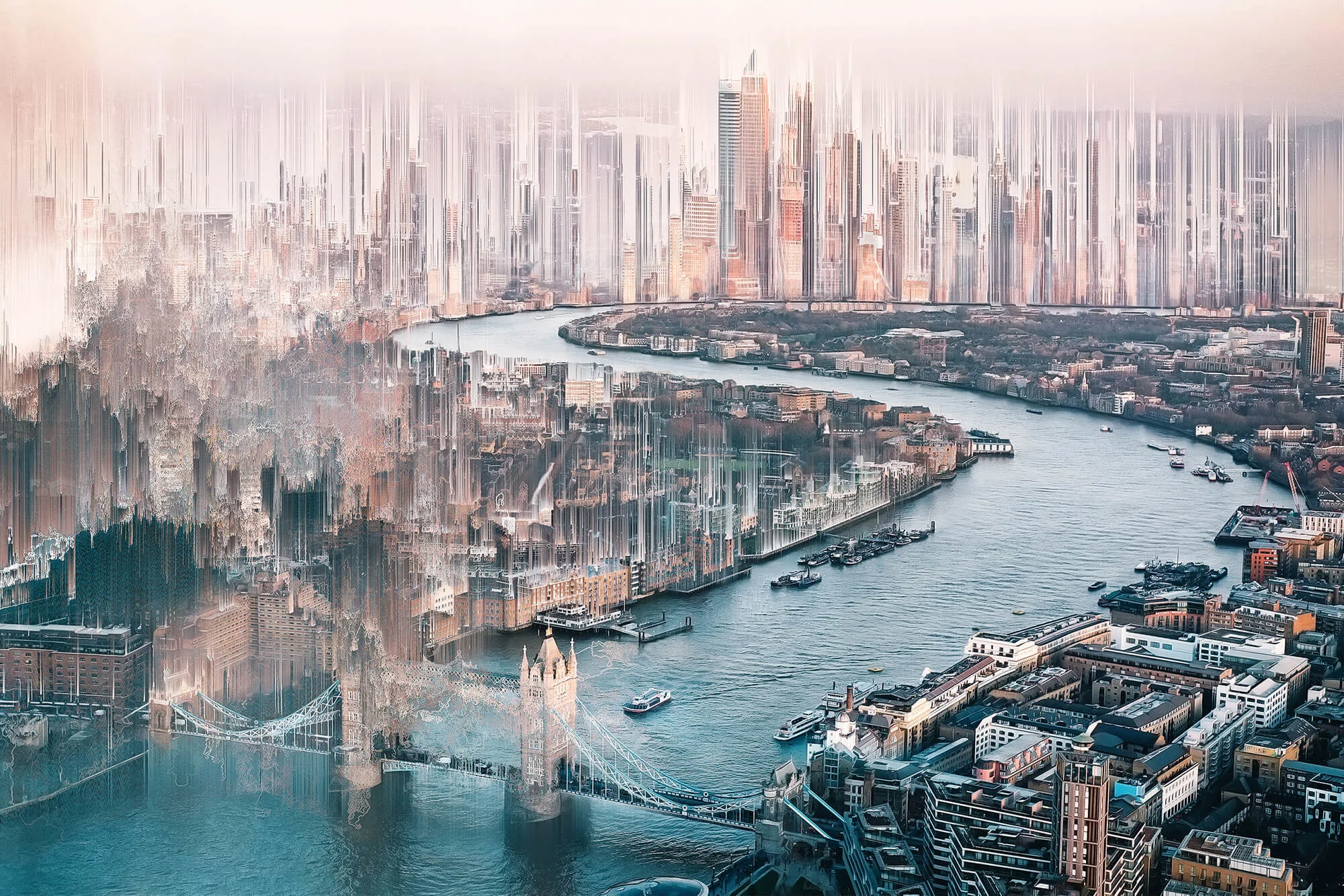
For me, the non-digital and the digital worlds are not in conflict.
It’s a broad practice, and Guido’s own methods vary. “People always try to make me explain how I create my images, and I always say the same thing,” he says. “There is no step-by-step guide.” He uses tens of different programs - often all at once - juxtaposing the results from each one against the next and improvising endlessly.
“The tricky thing is, to generate those errors you need to use hardware or an algorithm, so it means that I do not control the final result of the works.” While most artists hold complete authority over their artworks, Guido allows the computer to take some ownership of his finished images. “In some ways, my artwork is a combination of mankind and new technology,” he says.
And that’s exactly the exciting element for him. “We are living in a technological revolution. More than at any other time in the history of mankind, we have so many possibilities to create.”
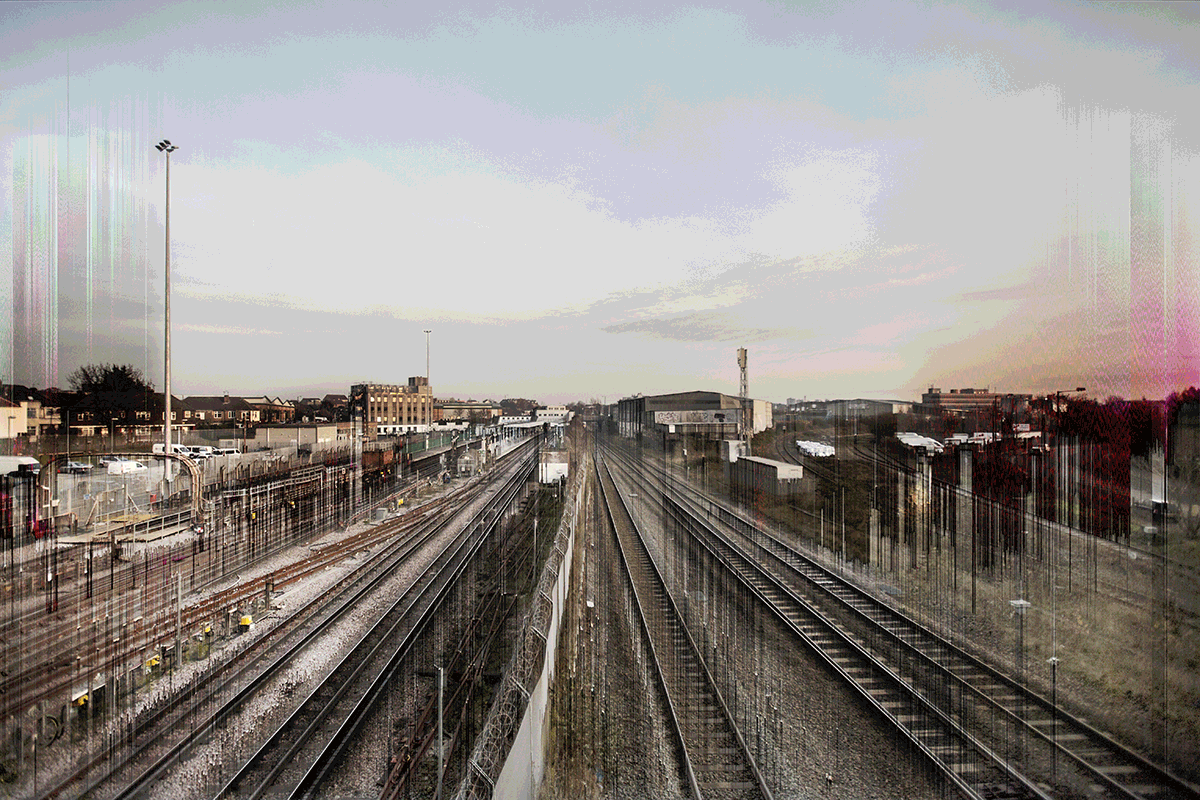
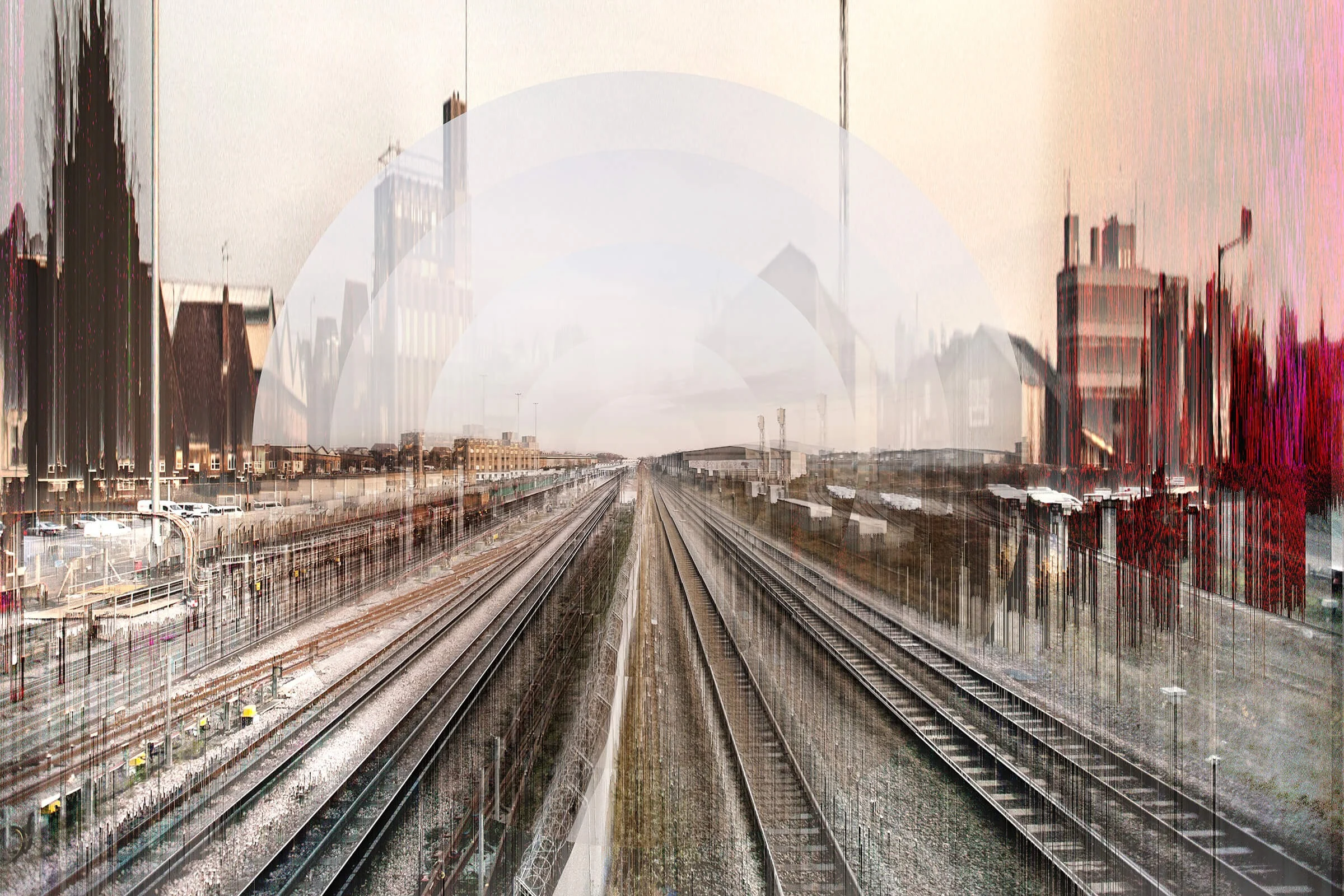
While Guido uses numerous ways to get to his final pieces, there’s one thing he always needs in his creative process: music.
When he first began sharing his work online, he was surprised by the number of musicians who identified with it, but the connection soon dawned on him. “I realized that both in my work and in music, there are mathematical patterns. Of course, this creates a connection on a subconscious level, and the audio and visual combine in a very natural way.”
This led him to work on a wide variety of album art, including one stunning vinyl sleeve for Ricardo Villalobos and Argenis Brito. “I find the experience of producing a piece with musicians extremely enriching – trying to find the concept of the music and then transforming that concept into a graphic.”
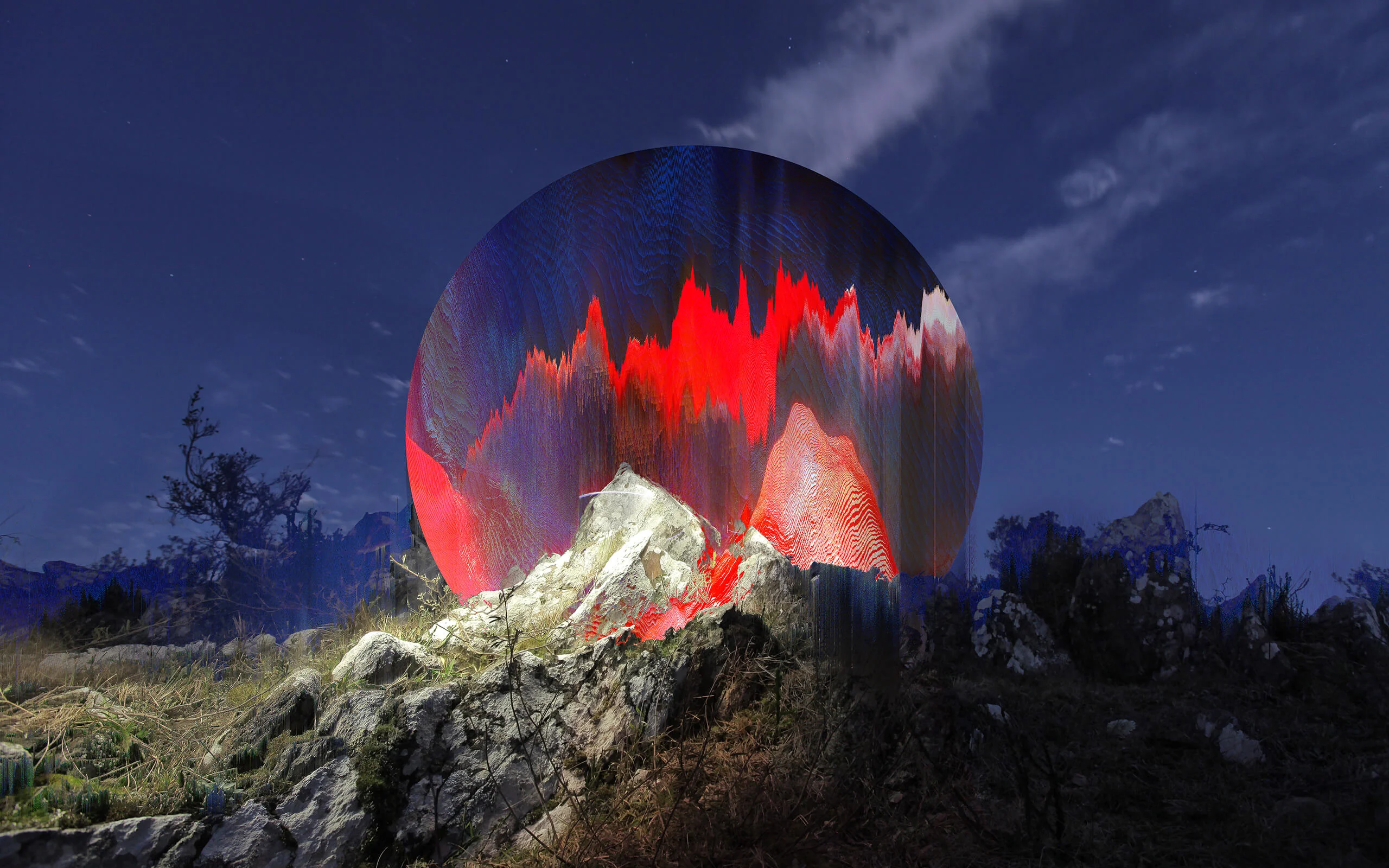
The rise of computer systems and artificial intelligence is a hot topic of conversation today. Many people focus on the potential for a dystopian world if things go wrong. Guido’s work though, is an example of what happens when things go right.
“I am trying to represent this changing era: our marriage with technology,” he says. “For me, the non-digital and the digital worlds are not in conflict.” Loud yet intricate, Guido and his algorithms offer a new perspective on technology that may not otherwise have been seen.
“That's the glitch in glitch art. There is something else right there: something not human that seems relevant and deep.”
Words by Alex Kahl.
